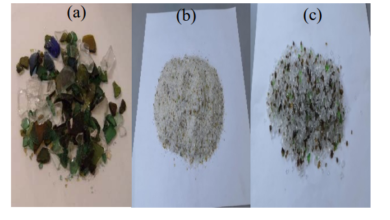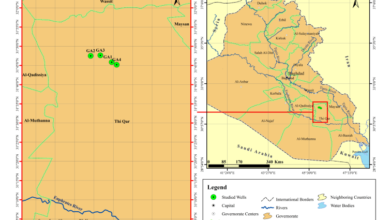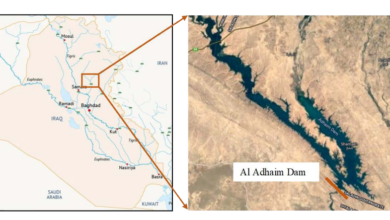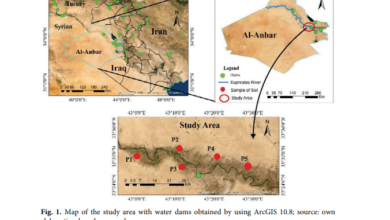Flood Detection and Susceptibility Mapping Using Sentinel-1 Remote Sensing Data and a Machine Learning Approach: Hybrid Intelligence of Bagging Ensemble Based on K-Nearest Neighbor Classifier

– RESEARCHERS
1,Himan Shahabi 2,*, Ataollah Shirzadi 3, Kayvan Ghaderi 4, Ebrahim Omidvar 5, Nadhir Al-Ansari 6, John J. Clague 7, Marten Geertsema 8, Khabat Khosravi 9, Ata Amini 10, Sepideh Bahrami 11, Omid Rahmati 10, Kyoumars Habibi 12, Ayub Mohammadi 13, Hoang Nguyen 14, Assefa M. Melesse 15, Baharin Bin Ahmad 13 and Anuar Ahmad
– ABSTRACT
Abstract: Mapping flood-prone areas is a key activity in flood disaster management. In this paper, we propose a new flood susceptibility mapping technique. We employ new ensemble models based on bagging as a meta-classifier and K-Nearest Neighbor (KNN) coarse, cosine, cubic, and weighted base classifiers to spatially forecast flooding in the Haraz watershed in northern Iran. We identified flood-prone areas using data from Sentinel-1 sensor. We then selected 10 conditioning factors to
Remote Sens. 2020, 12, 266 2 of 30
spatially predict floods and assess their predictive power using the Relief Attribute Evaluation (RFAE) method. Model validation was performed using two statistical error indices and the area under the curve (AUC). Our results show that the Bagging–Cubic–KNN ensemble model outperformed other ensemble models. It decreased the overfitting and variance problems in the training dataset and enhanced the prediction accuracy of the Cubic–KNN model (AUC=0.660). We therefore recommend that the Bagging–Cubic–KNN model be more widely applied for the sustainable management of flood-prone areas.




